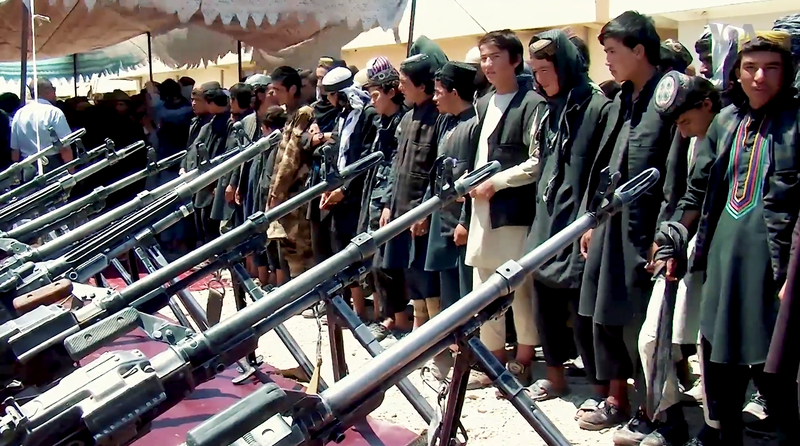
As ISIS met its downfall, its foreign fighters, together with the population of Syria and Iraq affected by the conflict, joined the immigrant caravan to Western Europe. Concurrently, the open door policy of liberal, European capitals was unmasked for its destructive nature and faced political and public rejection, leaving many immigrants stuck within the countries along the Western Balkan Route.
While there are many burning issues with the indigenous people living in the Western Balkans region itself, a question should be raised – what should we do if immigrants cannot move back to their country of origin? How can we prevent a potential terrorist threat arising from immigrants being radicalized, and how can we make them a benefit to the societies they are squatting in? A part of a solution could be to employ immigrants in small and medium-sized enterprises (SMEs), keeping them away from recruiters for Islamic jihadist groups.
So how does Bosnia and Herzegovina (B&H) fit into this immigrant crisis-terrorist threat-regional progress-integration equation? What should B&H do with some 3,000 immigrants living within its borders? Approximately 250 foreign fighters went from the region to the Islamic State of Syria and Iraq (ISIS), and some 50 came back home to face charges of joining Illegal formations and association with foreign paramilitary organizations. While they could radicalize their prison inmates while serving their sentences, they could do the same once they find themselves outside the prison freely interacting with the immigrants staying in Bosnia. This possibility could become a significant security threat to Bosnia and the Balkans in general.
The majority of the immigrants are located in the cities of Bihac and Velika Kladusa in the Una-Sana Canton, the northwest part of B&H. The area around these cities includes of a number of Islamic extremist (Salafist) settlements called “para-jamaats.” People who lived in para-jamaats convinced members of the Muslim population to join their cause and fight on the battlefields of Syria and Iraq in the past. Now, when ISIS ceased to exist in its former form and shape, they could try to do the same with immigrants. One way to keep it from happening would be to integrate immigrants fully, so they do not listen to extremists and join extremist groups, to find an identity in a new world. Helping the immigrants get acquainted with the laws and customs of B&H, and bringing them closer to the indigenous population, could help migrants feel like members of the local community. Additionally, they could become a part of driving force of Bosnia’s attempt to join the European Union (EU) by giving them a chance to work. However, since the unemployment rate in B&H is around 40%, this initiative could not run on empty. It could be supported through one of the EU Instruments for Pre-Accession Assistance (IPA) intended for counties on their way to joining the EU. Agriculture is one of the mainstays of Bosnian society, contributing to the economy, employment, and socioeconomic development. Bosnia’s thriving agricultural community could be seen as an asset by the EU and could accelerate B&H’s EU membership. The EU has contributed to agro-rural private sector development and also gave funds to the country between 2014-2017 under the IPA II to help start SMEs. This initiative provides entrepreneurs access to long-term financial and technical assistance and supplies investment incentives for sub-prime borrowers. Making the new immigrants a part of this process would be beneficial both for the immigrants and the indigenous population. Becoming part of the business community of their new country would provide a focus for these people other than radical activity. As they engage with the local government, they could disengage from Islamic terrorism, and the EU would be happy to support the success of this approach.
Bosnia needs a plan to deal with the immigrant influx and potential terrorist threat coming from Syria and other conflict regions of the Middle East. This plan should address the complexity of B&H society, contribute to the process of joining the EU, and include EU deradicalization and migration policies. The proposed project would only be the first step in making sure extremist immigrants do not establish militant bases in the Balkans. It leaves out many countermeasures that should be put in place, but it is a start and has the virtue of providing both constructive activities that will help immigrants assimilate, and avoid the dangers of becoming radicalized by Islamic extremists within the country.
The views expressed in the article do not necessarily represent the views of the DMGS.

